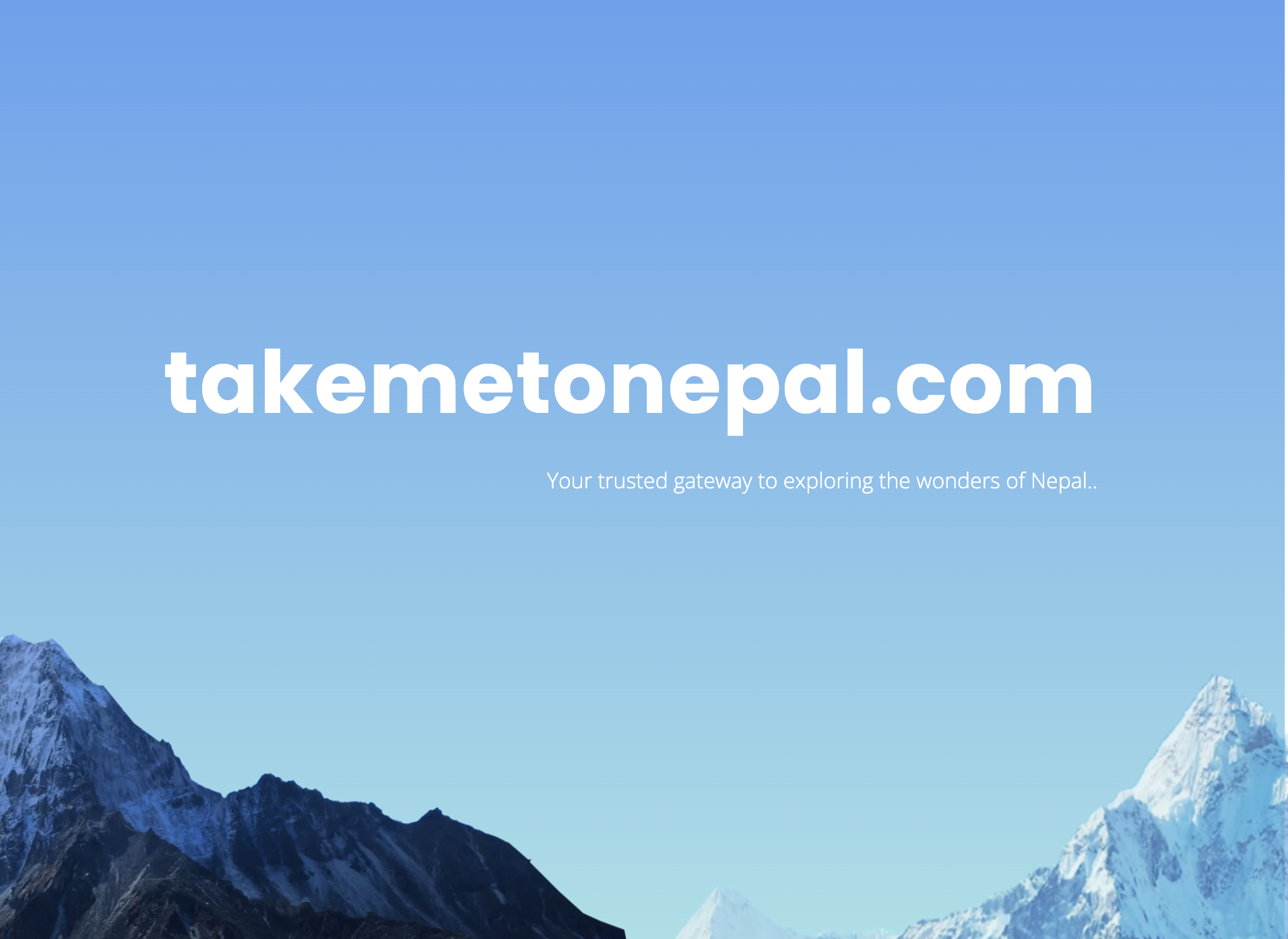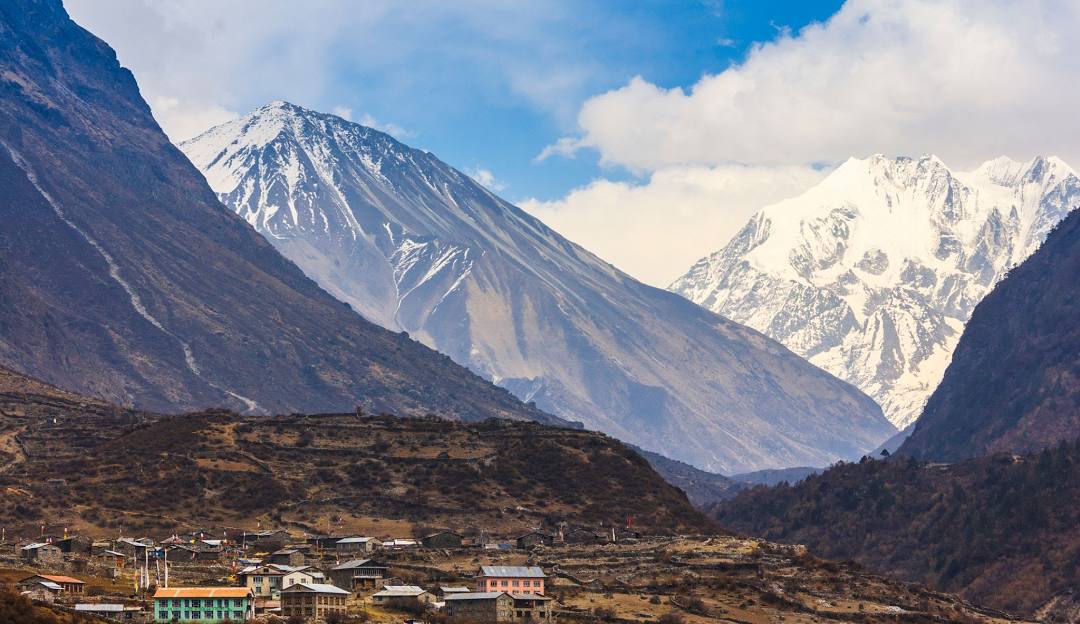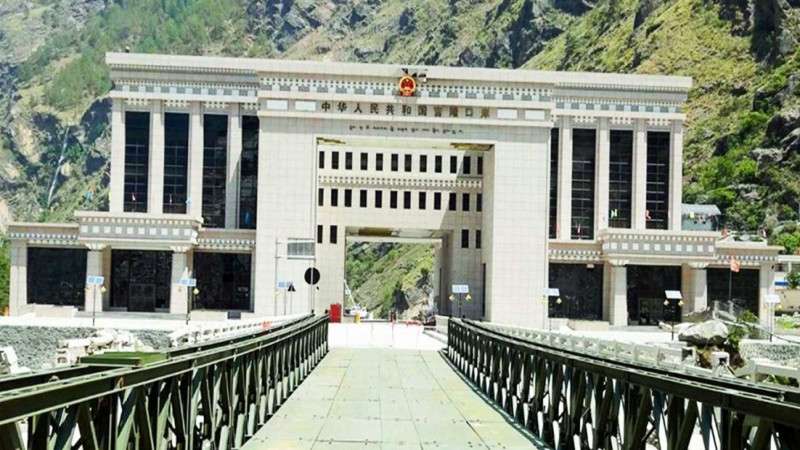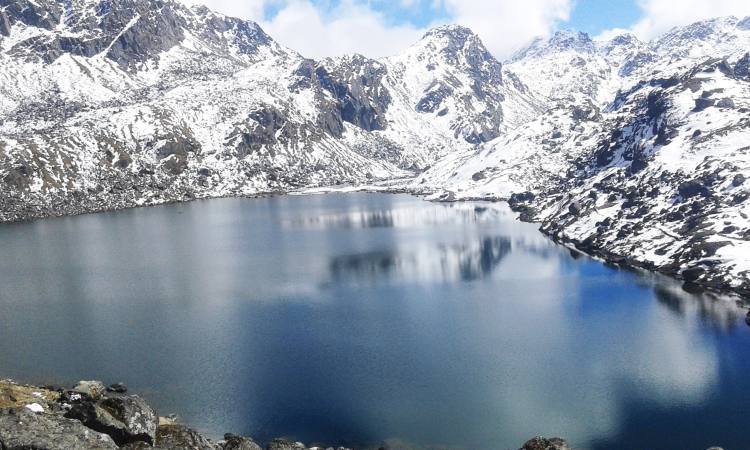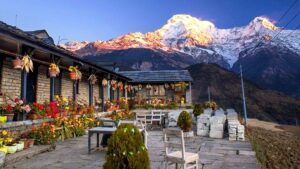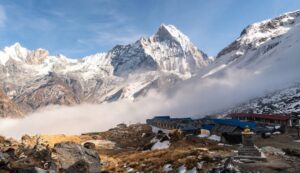Langtang Valley Trek
Wander through lush valleys and witness stunning Himalayan vistas

Location
Langtang Valley Trek is located in the Langtang National Park, situated north of Kathmandu, close to the Tibetan border. This trek offers a serene escape, with stunning views and cultural richness.
Best Time to Visit
The best times to trek the Langtang Valley are during the spring (March-May) and autumn (September-November) seasons when the weather is clear, and the temperatures are pleasant.

Duration
Typically 7-9 days, depending on the pace and acclimatization schedule.

Difficulty Level
Moderate. The trek involves gradual ascents with a few steep sections, but it’s manageable for trekkers with moderate fitness levels.

Elevation
The highest point on this trek is the Kyanjin Ri at 4,773 meters (15,655 feet), which provides panoramic views of the surrounding peaks.
Overview
The Langtang Valley Trek is a hidden gem in Nepal, offering trekkers a perfect balance of natural beauty and cultural immersion. This trek takes you through the Langtang Valley, surrounded by impressive peaks such as Langtang Lirung (7,227m), Ganchenpo (6,387m), and the Tibetan border mountains as you pass through dense forests, lush meadows, and alpine landscapes experiencing the warm hospitality of the Tamang people and their vibrant Buddhist culture.
This trek is perfect for those who want to escape the crowds of the more popular Everest and Annapurna regions but still enjoy incredible mountain scenery. The Langtang Valley is known for its close proximity to Kathmandu, making it a convenient option for trekkers looking for an immersive Himalayan experience.
The Langtang Valley lies within Langtang National Park, one of the first protected areas in Nepal, which was established in 1976. The trek takes you through rhododendron forests, deep valleys, and villages that offer a glimpse into the unique Tamang culture.
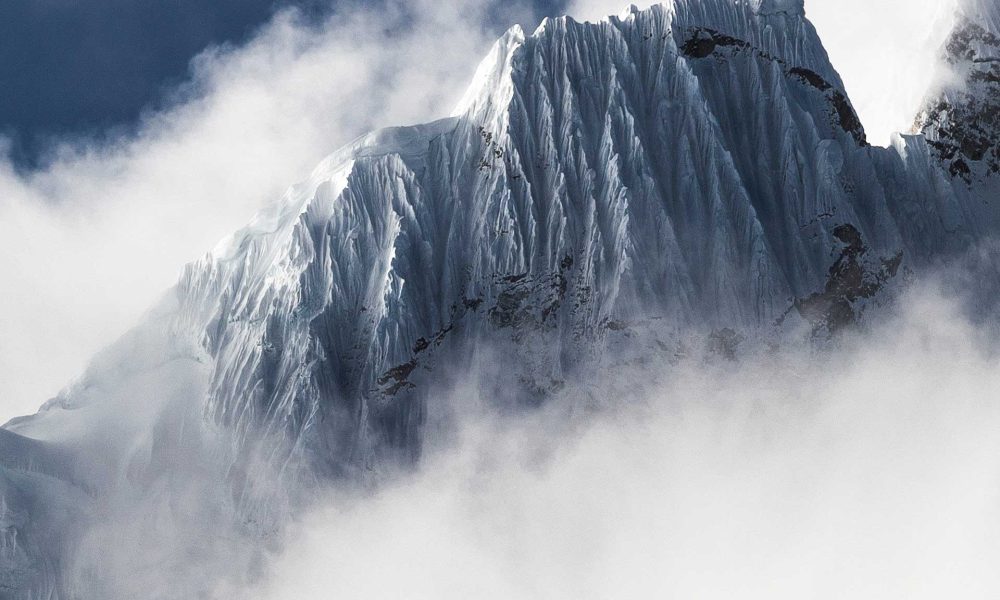
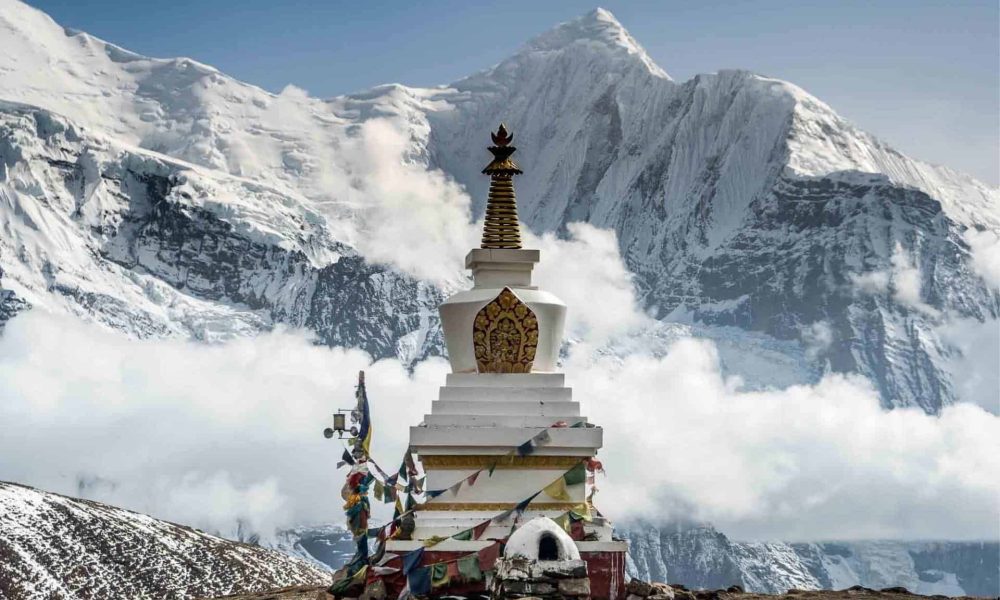
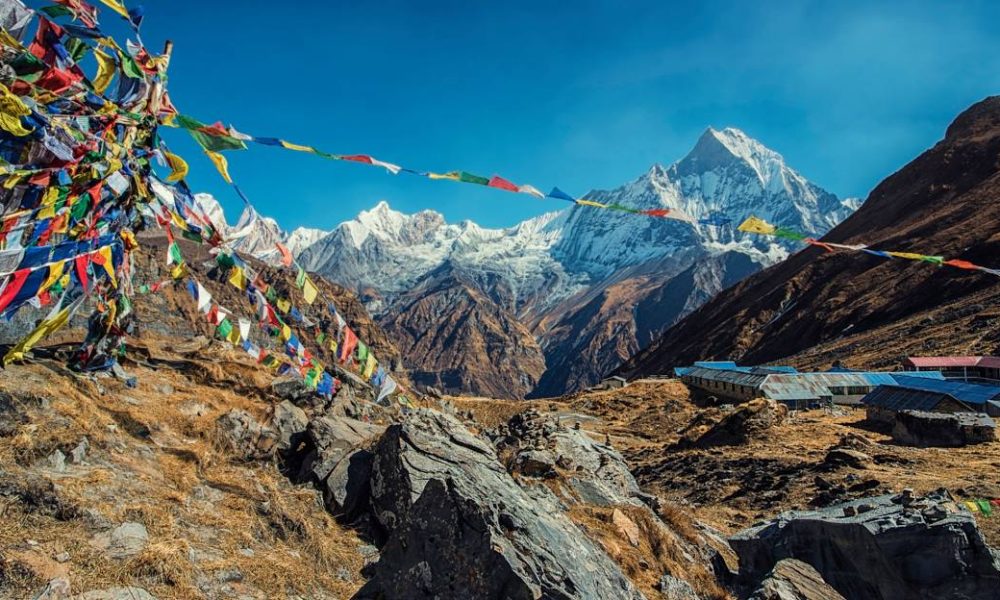
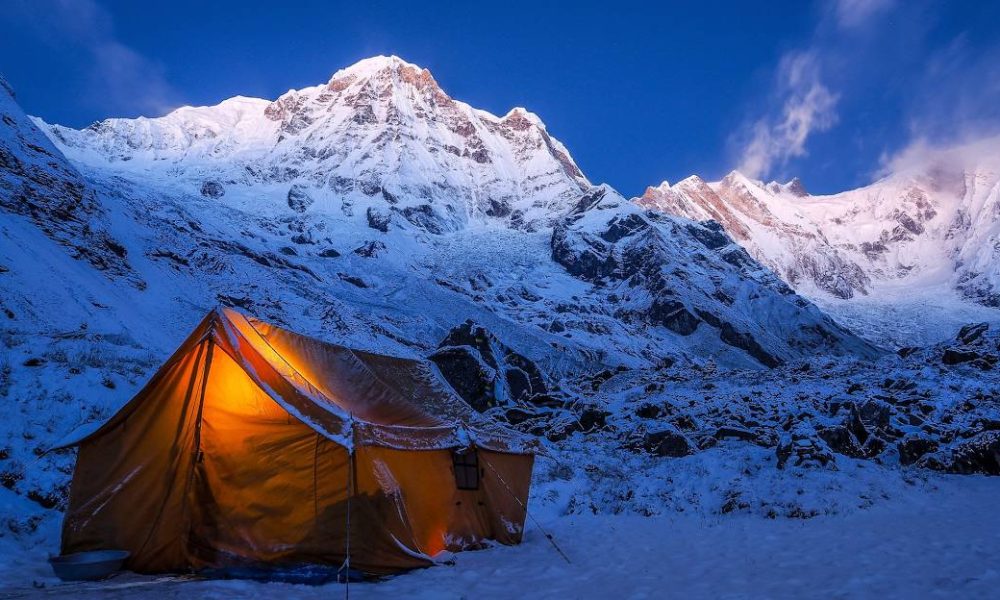
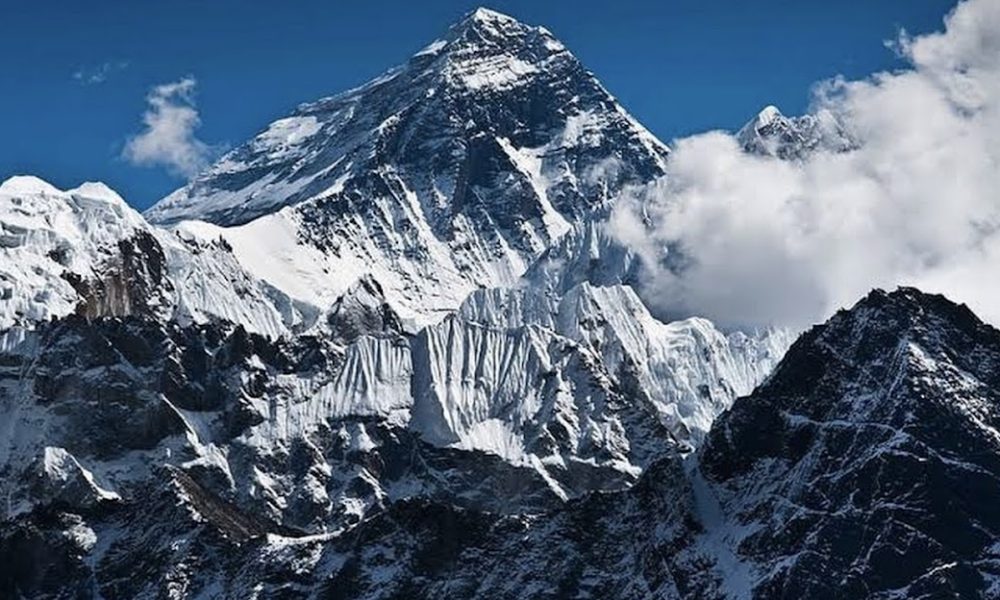
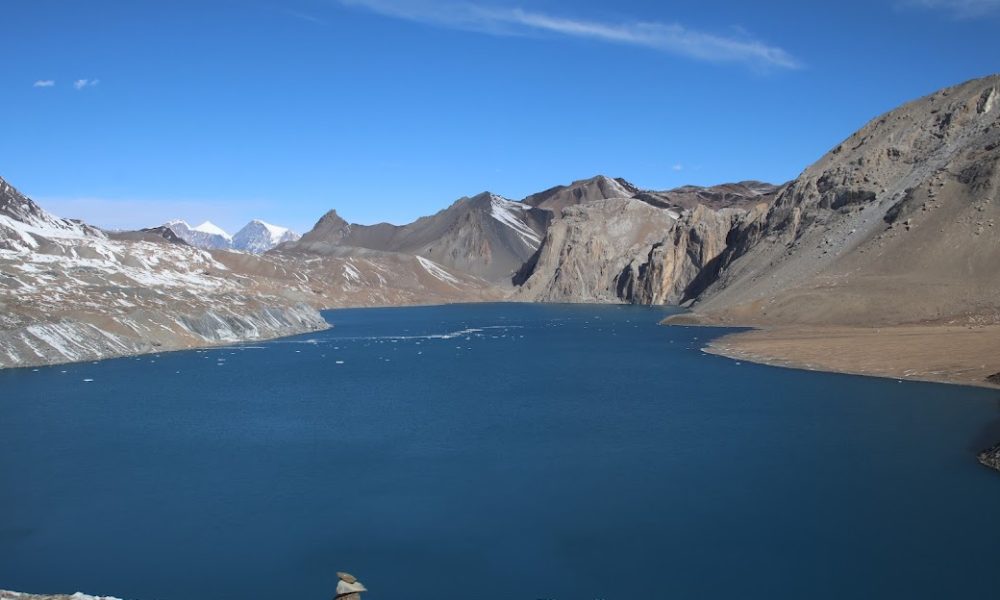
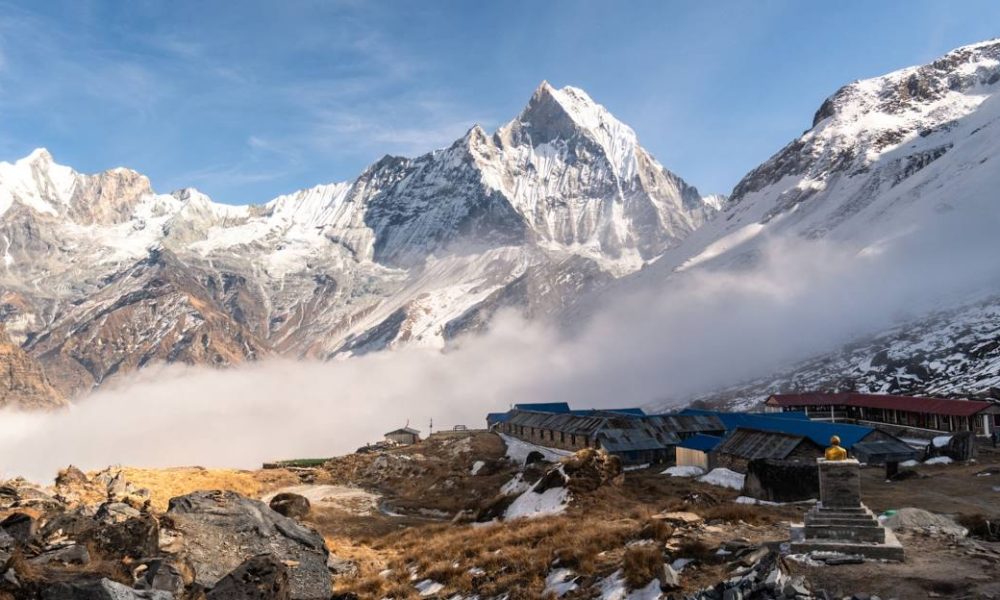
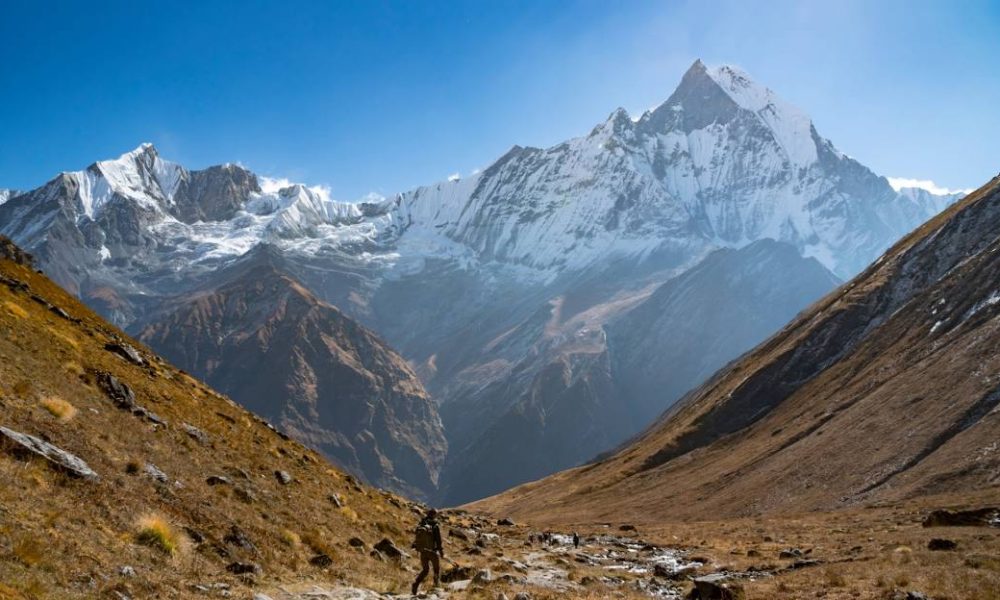
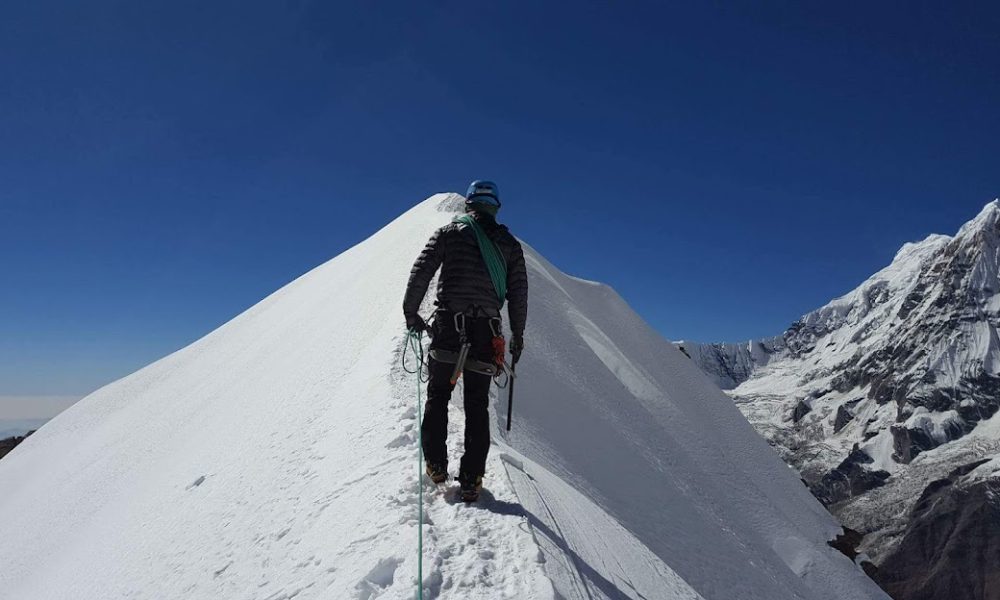
Weather and Climate
The weather in the Langtang Valley Trek varies depending on altitude, with lower elevations experiencing more temperate climates and higher elevations being colder.
- Lower altitudes (1,500m-2,500m): Temperatures range from 10-20°C during the day and can drop to 0°C at night.
- Higher altitudes (3,500m-4,773m): Daytime temperatures can range from 5-10°C, but it’s often much colder at night.
- Spring (March-May) and autumn (September-November) are the ideal trekking months, offering clear skies and moderate temperatures, making for the best trekking conditions.
Geological Information
Langtang Valley is located in the heart of the Himalayas, with majestic peaks surrounding the region. Langtang Lirung is the highest peak in the valley and the most prominent feature of the landscape.
The valley itself was carved by glaciers over centuries, and trekkers can observe ancient moraines and rugged terrains.
The area is also home to alpine meadows, forested slopes, and rivers that create dramatic landscapes as the trail climbs higher.
The region also contains several glacial lakes, and the Langtang Glacier, which lies just above the Kyanjin Gompa, adds to the dramatic beauty of the trek.
Flora and Fauna
Langtang Valley offers diverse ecosystems, from subtropical forests to alpine meadows. The region’s flora and fauna are rich and diverse, and you’ll encounter a wide range of species as you make your way up the valley.
- Flora: In the lower parts of the valley, dense forests of oak, rhododendron, and bamboo are abundant. As you gain altitude, the vegetation shifts to alpine shrubs, grasses, and mosses.
- Fauna: Langtang National Park is home to a variety of wildlife. You might spot red pandas, Himalayan tahr, and langur monkeys. There’s also a wide range of bird species, including Himalayan vultures and the colorful Danphe (Himalayan monal).
History and Culture
Langtang Valley is not only a natural wonder but also a cultural treasure. The area is predominantly inhabited by the Tamang people, whose Tibetan heritage is evident in their customs, monasteries, and prayer flags. The Tamang people practice Tibetan Buddhism, and their villages are home to numerous Buddhist stupas and gompas (monasteries).
Kyanjin Gompa is one of the most significant monasteries on the trek, offering trekkers a spiritual experience in the heart of the mountains.
The valley also has historical significance, as it lies on the trade route between Nepal and Tibet, and the Sherpas and Tamang people have historically traded with Tibet.
People and Customs
The people of Langtang Valley, primarily Tamang, are known for their warm hospitality. The Tamang people share cultural and religious ties with Tibetan Buddhists, and their daily lives revolve around farming, animal husbandry, and Buddhism.
The villages are dotted with Buddhist shrines, stupas, and prayer wheels, creating a tranquil atmosphere. The region is also known for its beautiful traditional houses built from stone and wood, which blend seamlessly into the landscape.
As you trek through the valley, you’ll have the chance to interact with the locals, witness their traditions, and enjoy their delicious local food.
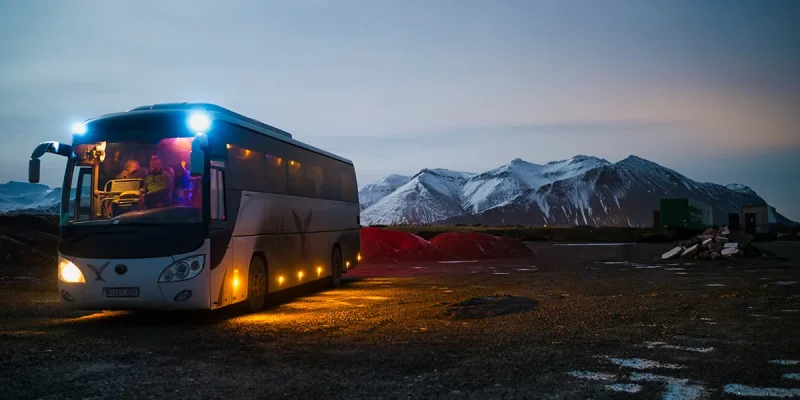
Transportation Information
- How to Reach: The trek begins from Syabrubesi, which is accessible by road from Kathmandu. It’s about a 7-8 hour drive, depending on road conditions.
- Local Transportation: Once in Syabrubesi, the trek is completed on foot. The trail is well-maintained and well-marked, but it’s important to go with a guide or porter for added security and guidance.
- Trekking Route: The trek is fairly straightforward and can be done independently, though most trekkers opt for guided tours to enhance the experience.
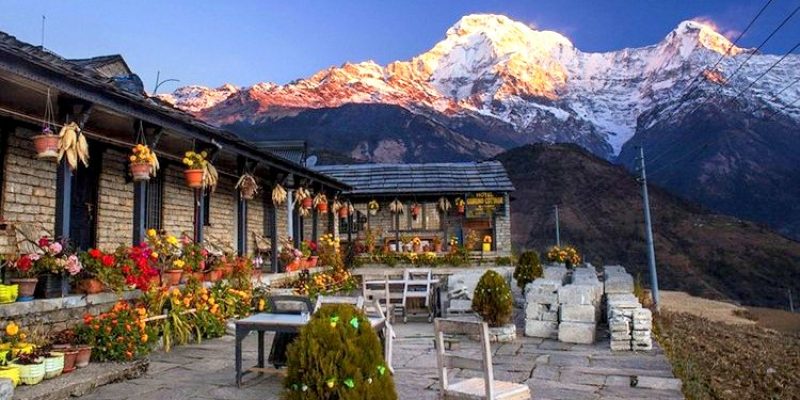
Accommodations
Accommodation options in Langtang Valley are primarily in simple tea houses or lodges. These provide basic amenities, with rooms that usually come with shared bathrooms. As you get higher up the valley, the accommodation becomes more basic, but the hospitality remains top-notch.
- Price Range: Accommodation prices typically range from NPR 500-1,500 per night.
- Higher Altitudes: Accommodation becomes more basic in the higher reaches, but the hosts’ hospitality ensures you’ll feel comfortable even in the most remote areas.
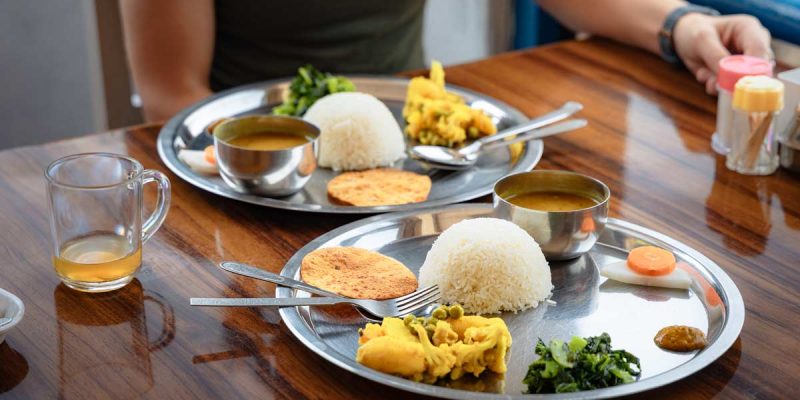
Dining and Cuisine
- Typical Meals: The food along the Langtang Valley Trek is hearty and made with locally sourced ingredients. Expect dal bhat (rice and lentil soup), momo (dumplings), and noodle soups.
- Specialties: Langtang Valley is known for its yak cheese, a delicacy produced in the region. Sherpa stew and thukpa (noodle soup) are other local specialties to try.
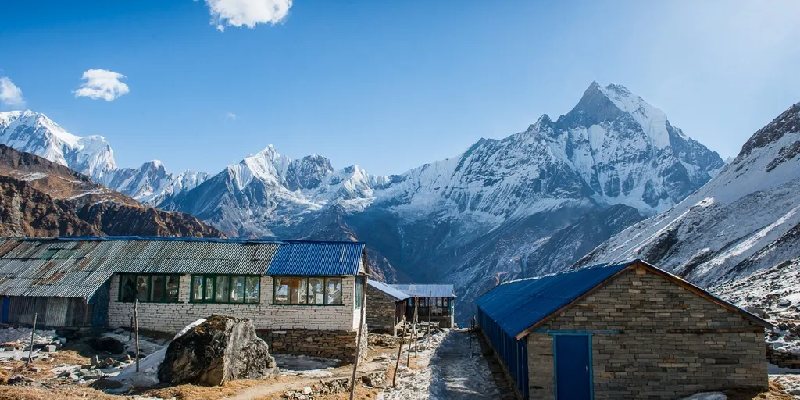
Permits and Entry Requirements
- Langtang National Park Permit: NPR 3,000 (approx.)
- TIMS Card (Trekkers’ Information Management System): NPR 1,000 (approx.)
Permits can be obtained in Kathmandu or at the entrance of Langtang National Park in Syabrubesi.
Safety Information:
- Altitude Sickness: As the trek takes you to higher altitudes, it’s important to take it slow and acclimatize properly to avoid altitude sickness.
- Medical Attention: There are basic medical facilities in places like Lama Hotel and Kyanjin Gompa, but for serious emergencies, you will need to return to Kathmandu.
- Vaccinations: Ensure you’re up to date on necessary vaccinations before traveling.
Gear and Packing Lists
- Essentials: Comfortable trekking boots, layered clothing, a waterproof jacket, trekking poles, sunscreen, sunglasses, and a hat.
- Altitude Gear: A warm sleeping bag, trekking gloves, insulated jacket, and a headlamp for early morning or late-night treks.
- Extras: Camera, power bank, and a water bottle with a filter.
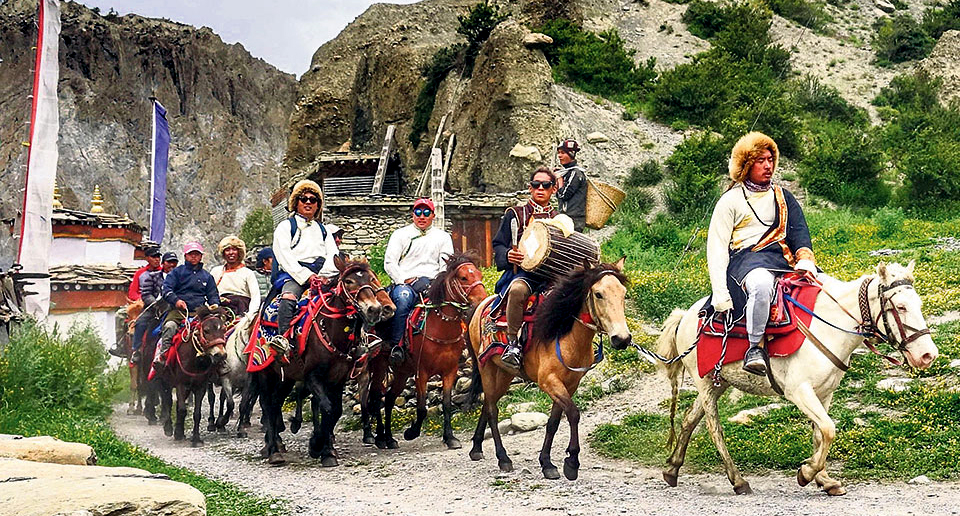
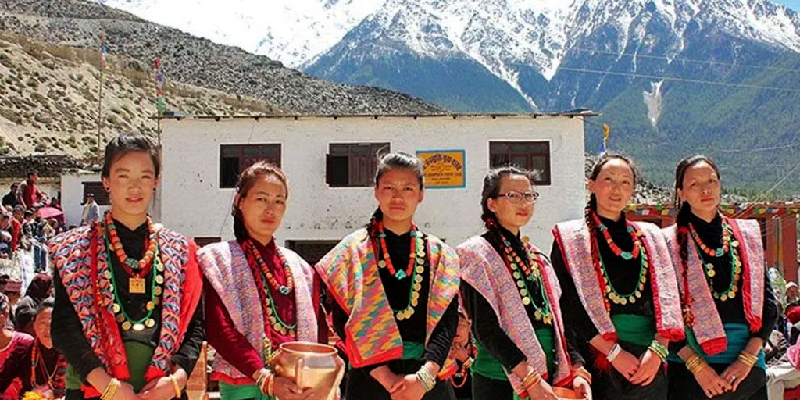
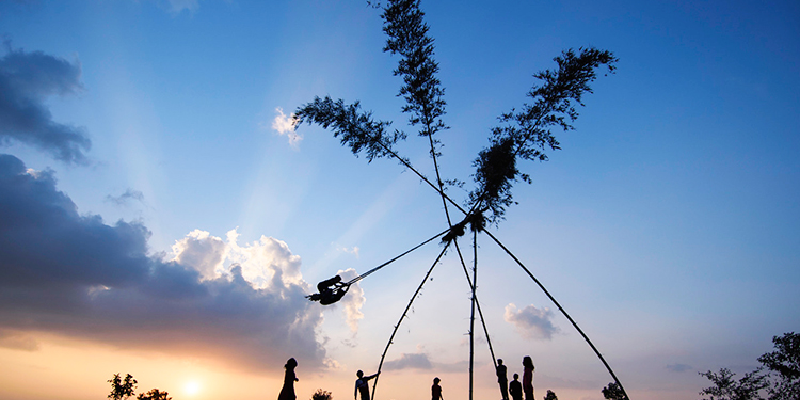
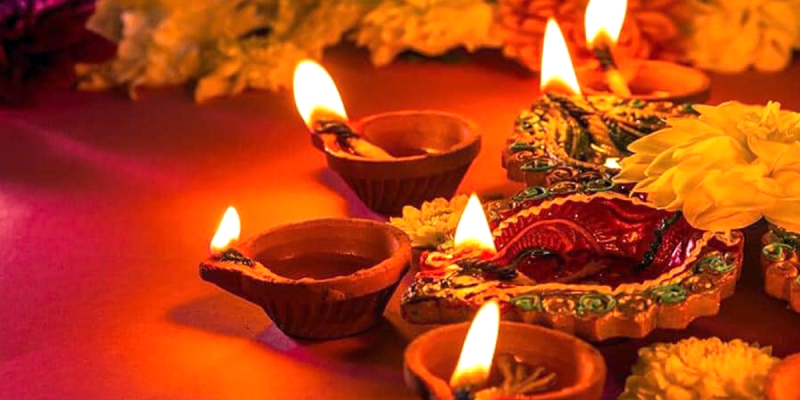
Local Festivals and Events
- Lhosar (Tibetan New Year): The Tibetan New Year is celebrated in the Langtang Valley with traditional dances, songs, and prayers.
- Buddhist Festivals: Many monasteries in the area celebrate Buddhist festivals, with rituals and ceremonies that you can witness as you trek.
Lets Plan A Trip
